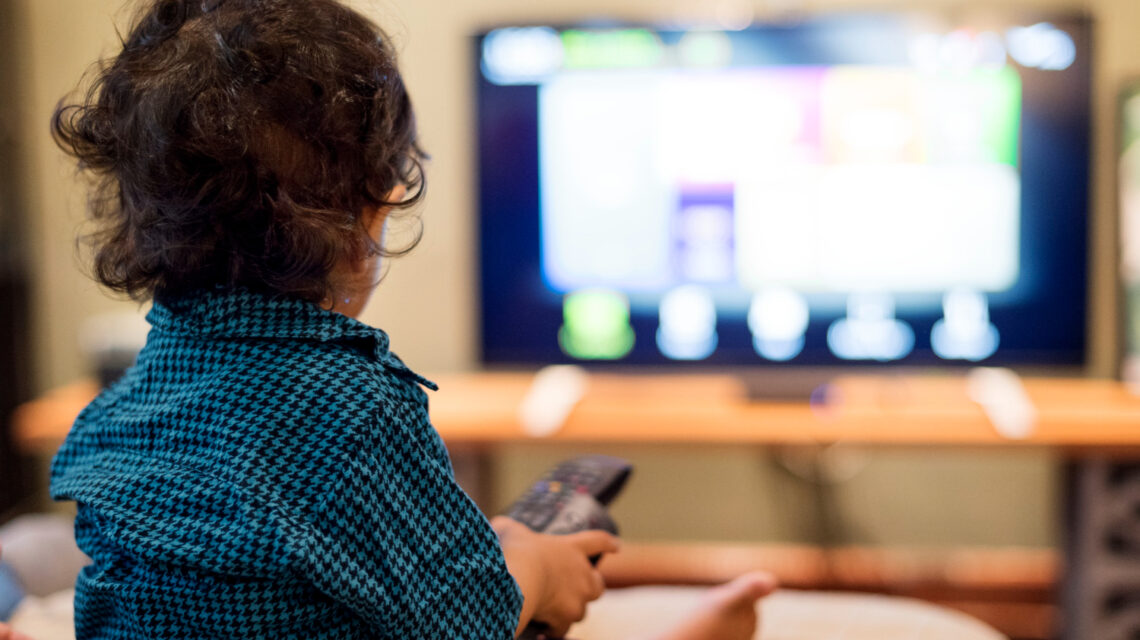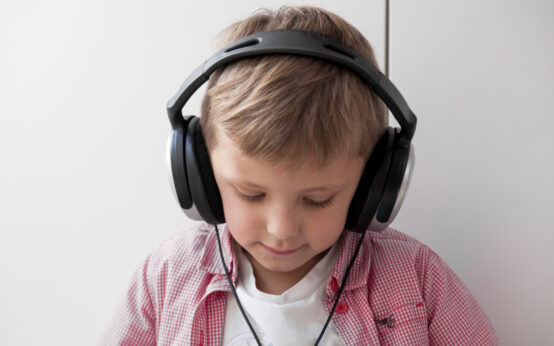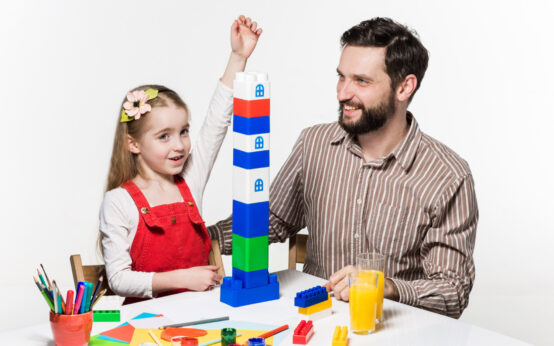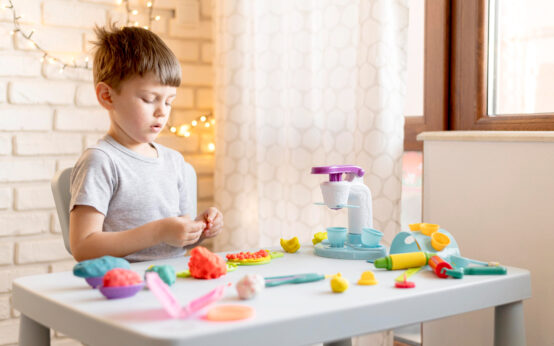Introduction
While it’s well-established that autistic children benefit greatly from therapeutic interaction, the role of television and videos in their lives often raises questions. Contrary to misconceptions, TV and videos, when chosen carefully and consumed in moderation, can offer advantages for parents, guardians, and autistic children alike. It’s crucial to dispel the myth that TV can cause autism, as debunked by a 2006 study. However, excessive TV time may hinder a child’s overall engagement.
Video Modeling Enhances Learning for Autistic Children
Exploring the efficacy of video modeling in aiding the development of autistic children, scholars have unveiled its potential as a robust educational tool. The repetitive nature of videos proves instrumental in imparting skills, grasping concepts, and eliciting emotional responses.
Certain instances of video modeling exhibit notable success in instructing crucial life skills such as tooth brushing and shoe tying. By selecting shows or videos dedicated to these skills, and encouraging consistent viewing, caregivers can leverage this resource. The incorporation of referenced videos during skill-building activities can yield astonishingly positive responses in the child’s learning journey.
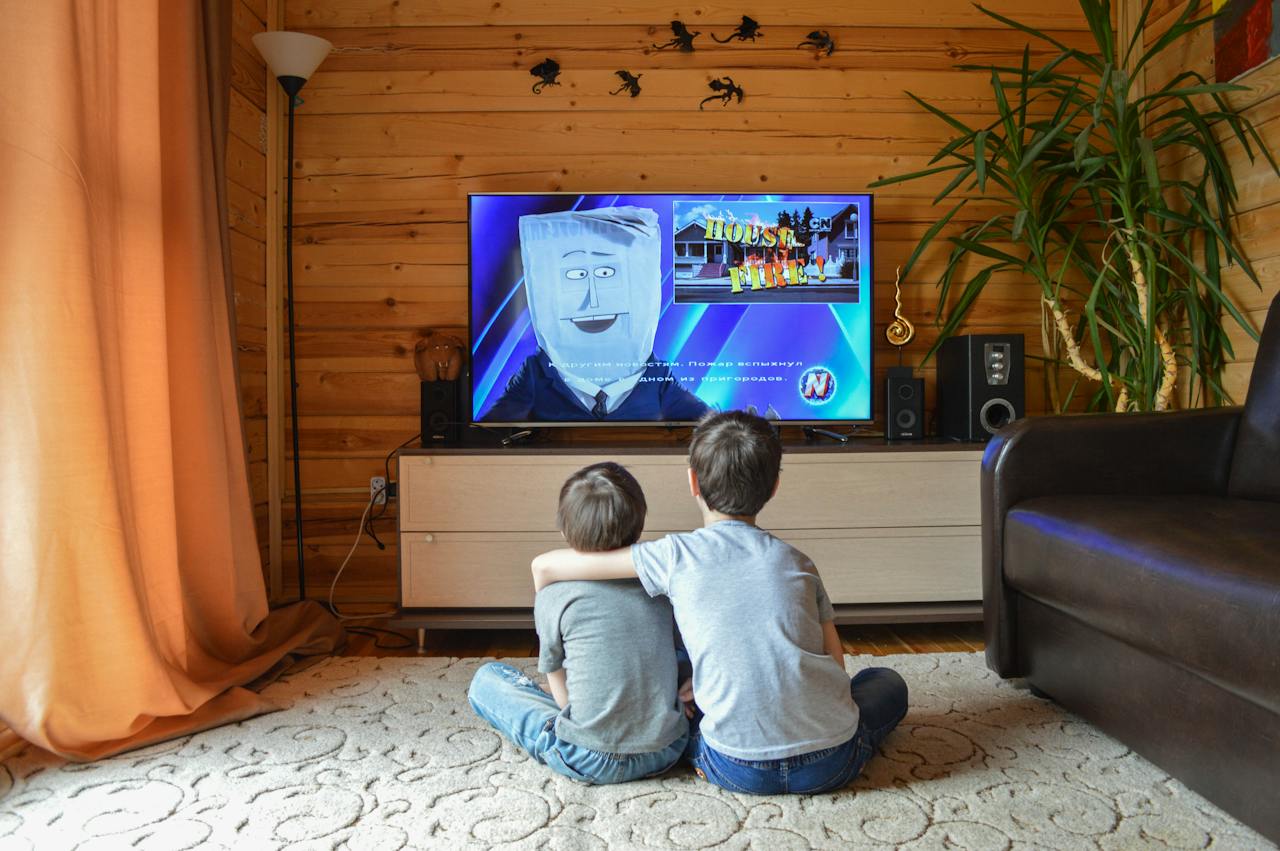
Television for autistic children is not just a screen; it’s a gateway to a world of understanding, where every pixel becomes a bridge connecting hearts and minds, fostering empathy, and embracing the spectrum of diversity in the colorful tapestry of imagination.
David Kleeman
TV Shows Foster Connection with Peers
Autistic children often exhibit unique characteristics, and denying them access to the shared cultural language of television can further isolate them. Even if a child with autism may not fully comprehend the humor in shows like “SpongeBob,” exposure to the characters and settings can equip them with valuable tools for connecting with their peers.
For older children, familiarity with popular TV shows can serve as a gateway to social activities like attending comic book conventions or joining school clubs. This shared interest creates opportunities for meaningful connections and facilitates their integration into various social circles.

TV Creates a Common Language for Parent-Child Interaction
While watching videos or TV together, you and the child under your care can develop a shared symbolic language. This language becomes the foundation for engaging in imaginative play together.
For instance, if the child has a fondness for Elmo and you’ve enjoyed “Sesame Street” together, you can incorporate references to Elmo’s friends, employ an Elmo toy to enhance symbolic play skills, and explore various creative scenarios. This shared symbolic language not only fosters a deeper connection but also opens the door to a world of imaginative and interactive play experiences.

TV Expands Autistic Children’s Understanding of the World
Selected TV shows and videos, aligning with autistic children’s interests, such as “Animal Planet” or “Eye Witness,” can expand their understanding of the real world. These visual experiences may lead to real-world outings, like visits to the zoo, train rides, or trips to the pet store.
Bridging Internal and External Realms
Numerous autistic children tend to immerse themselves in their own thoughts, posing a significant challenge for parents seeking ways to engage them in the tangible world. Fortunately, many TV “worlds” have real-world counterparts, offering opportunities for exploration and connection between you and the child in your care.
Depending on your location, you might consider visiting Sesame Place (near Philadelphia), embarking on a journey aboard a “Thomas the Tank Engine” train, attending a live “Wiggles” concert, or exploring a PBS-themed exhibit at a children’s museum.
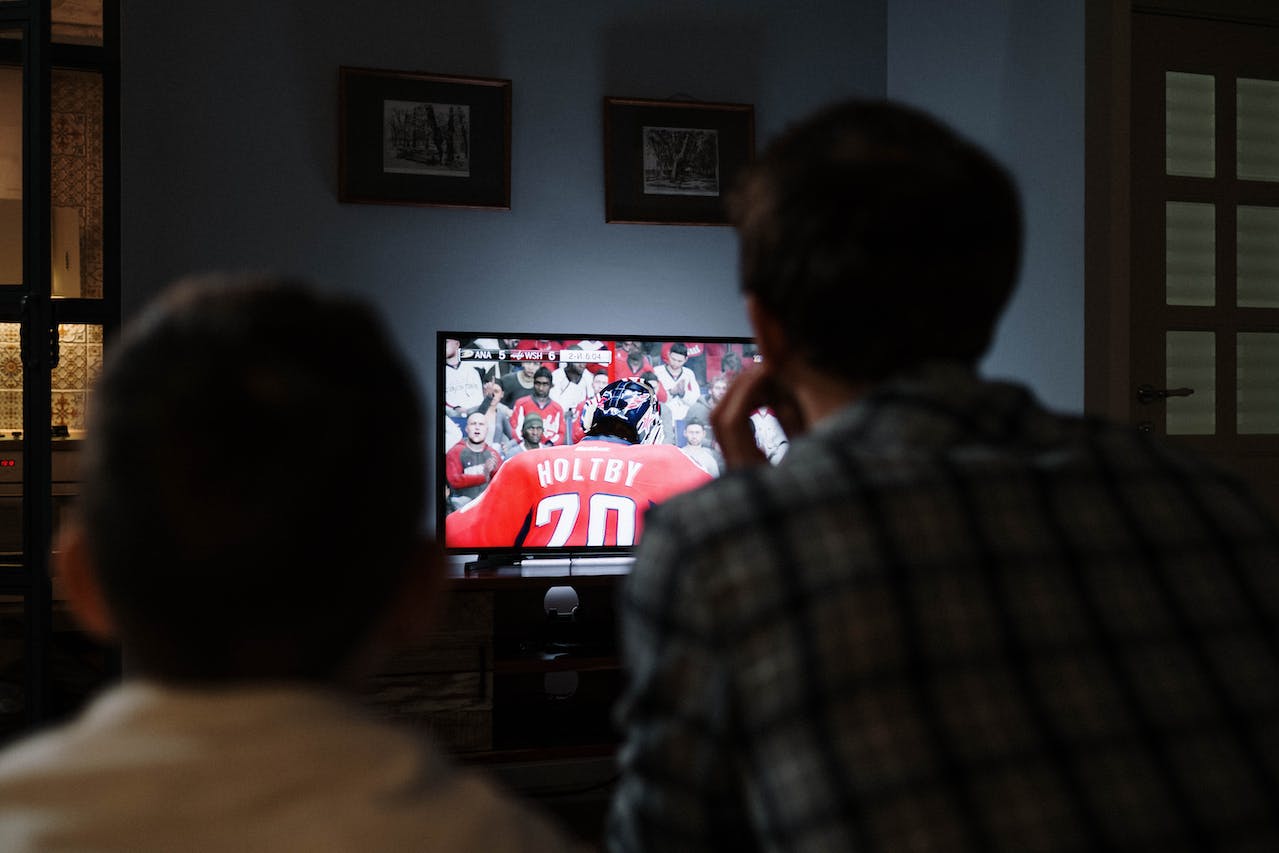
For enthusiasts of Harry Potter or Disney, the array of options is vast, providing ample opportunities for shared experiences. Exploring these real-world extensions of beloved TV worlds might even reveal unexpected commonalities between you and the child, fostering a deeper connection.
TV Offers Respite for Parents
The inclination to feel guilty about allowing an autistic child extensive TV time is understandable. However, the reality is that nobody can be continuously physically and emotionally present every day.
Parents or guardians of children with various disabilities, including autism, require moments of respite. Thoughtfully chosen TV programs or videos, introduced in a structured and controlled manner, can serve as a valuable reprieve. The key, naturally, lies in maintaining control over the content your child engages with. Establishing limits and structure around screen time ensures that it becomes a helpful tool rather than a source of concern.

Building Relationships Through TV Time
Even casual TV time, where parents or guardians cuddle with their autistic children on the couch, contributes to building intimate moments. These quiet, physically close interactions can be as significant to a child’s development as high-energy play.
TV Stimulates Ideas for Therapy
For parents practicing developmental therapies like Floortime or Son-Rise, TV and videos offer a wellspring of creative ideas. New images, scenarios, and concepts presented in media can inspire therapeutic activities, keeping interventions fresh and engaging.
Autistic Children Connect With TV-Related Merchandise and Games
Unlike neurotypical children who may lose interest in Sesame Street toys quickly, autistic kids often derive genuine comfort and joy from toys associated with their favorite videos. These toys can serve as excellent tools for therapeutic play, providing a source of enjoyment and engagement.
Similarly, certain video games tied to PBS television programs can offer therapeutic benefits. For instance, the Arthur website features a game that prompts kids to connect facial expressions to story events, contributing to both entertainment and skill development. Leveraging these toys and games related to beloved videos not only captivates the child’s interest but also fosters a positive and enriching play experience.
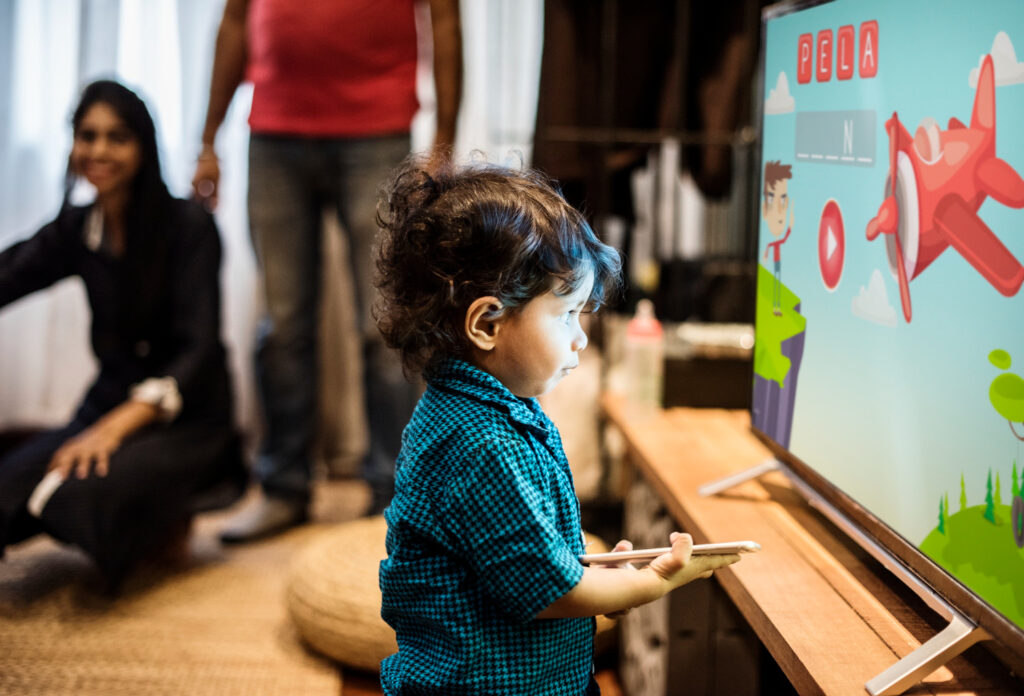
Ideal Auditory and Visual Learning for Autistic Children
Autistic individuals often excel in learning through visual and auditory stimuli, with words sometimes not making as deep an impact. Mindfully selected TV shows and videos play a pivotal role in aiding a child’s acquisition of knowledge and skills applicable in both educational settings and the community.
Whether it’s a PBS program designed to teach phonics or a National Geographic documentary exploring birds, television can be a powerful educational tool. Additionally, there are resources like Model Me Kids that produce videos explicitly crafted for autistic children, aiming to teach a range of skills and concepts. Integrating these carefully curated visual and auditory learning experiences can contribute significantly to a child’s educational journey.

Tips for Maximizing TV Time:
- Exercise control over your child’s TV experience by selecting videos and using parental controls.
- Preview content to ensure it aligns with your comfort level.
- Watch together whenever possible, pausing to engage in discussions or activities related to the content.
- Use preferred shows as rewards for achievements or good behavior.
- Leverage TV preferences to explore real-world venues or experiences.
- Create your own videos to model behaviors or experiences for better understanding.

conclusion
In conclusion, when approached with intention and moderation, TV can play a positive role in the lives of autistic children, fostering learning, social connections, and valuable moments of respite for both caregivers and children.
Source
- American Academy of Pediatrics. (2016). Media and Young Minds. Pediatrics, 138(5), e20162591.
- Ferguson, C. J. (2017). Everything in Moderation: Moderate Use of Screens Unassociated with Child Behavior Problems. Psychiatric Quarterly, 88(4), 797–805.
- Lang, R., O’Reilly, M., Sigafoos, J., Lancioni, G., Machalicek, W., Rispoli, M., & Regester, A. (2010). Review of Interventions to Increase Functional and Symbolic Play in Children with Autism. Education and Training in Autism and Developmental Disabilities, 45(3), 342–352.
- National Institute of Child Health and Human Development. (2006). Watching Television Before Age 2 Increases Risk of Attention Problems at Age 7. NIH News.
- Whalen, C., & Schreibman, L. (2003). Joint Attention Training for Children with Autism Using Behavior Modification Procedures. Journal of Child Psychology and Psychiatry, 44(3), 456–468.
